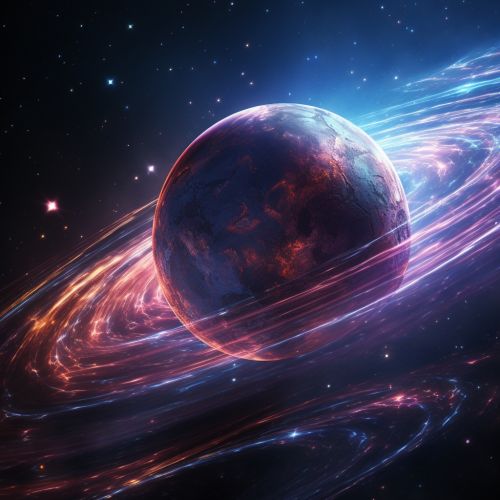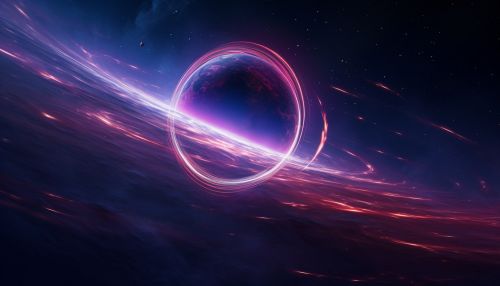The Dynamics of Planetary Magnetospheres and Space Weather Effects
Introduction
The planetary magnetosphere is a region of space dominated by a planet's magnetic field. This magnetic field is generated by the planet's internal dynamo, which is driven by the motion of conductive fluid within the planet's core. The magnetosphere plays a crucial role in shielding the planet from the solar wind, a stream of charged particles emanating from the Sun. The interaction between the solar wind and the magnetosphere can lead to a variety of phenomena collectively known as space weather effects.
Planetary Magnetospheres


Planetary magnetospheres are complex and dynamic systems. They are shaped by the interplay between the planet's magnetic field and the solar wind. The size and shape of a magnetosphere can vary greatly depending on the strength of the planet's magnetic field and the intensity of the solar wind.
Generation of Magnetic Fields
The generation of a planet's magnetic field is a result of the dynamo effect. This involves the motion of conductive fluid within the planet's core, which generates electric currents. These currents, in turn, produce a magnetic field. The exact mechanisms behind the dynamo effect are still a topic of ongoing research in the field of geophysics.
Structure of the Magnetosphere
The structure of a magnetosphere is largely determined by the pressure balance between the planet's magnetic field and the solar wind. The side of the magnetosphere facing the Sun, known as the dayside, is compressed by the solar wind. The opposite side, known as the nightside or magnetotail, is stretched out into a long tail that extends away from the Sun.
Space Weather Effects
Space weather effects are phenomena that occur due to the interaction between the solar wind and a planet's magnetosphere. These effects can include geomagnetic storms, auroras, and changes in the radiation environment around a planet.
Geomagnetic Storms
Geomagnetic storms are temporary disturbances in a planet's magnetosphere caused by a surge in the solar wind. These storms can cause a variety of effects, including disruptions to satellite communications and power grids. They are also responsible for the creation of auroras, spectacular light displays that occur in the planet's upper atmosphere.
Auroras
Auroras, also known as the Northern and Southern Lights, are natural light displays that occur in the polar regions of a planet. They are caused by the interaction between charged particles from the solar wind and the planet's magnetic field. These particles are funneled towards the poles by the magnetic field, where they collide with atoms and molecules in the atmosphere, causing them to emit light.
Radiation Environment
The radiation environment around a planet is largely determined by its magnetosphere. The magnetosphere acts as a shield, protecting the planet from the high-energy particles in the solar wind. However, during periods of intense solar activity, this shield can be overwhelmed, leading to increases in the radiation levels around the planet.
Conclusion
The dynamics of planetary magnetospheres and space weather effects are complex and interconnected phenomena. They play a crucial role in shaping the environment around a planet and can have significant impacts on both natural and human-made systems. Understanding these dynamics is not only important for scientific research, but also for practical applications such as satellite operations and space exploration.
